Dematerialization—A Pathway for Innovation
Daniel Burrus
JUNE 26, 2019
The ability to make products and features smaller is called dematerialization. Dematerialization is a key strategy for innovation and improving what we utilize in business and society. Technology is ever-changing and constantly improving. The ability to reduce the amount of material it takes to build the physical things that accomplish digital tasks is revolutionary and, likewise, growing as fast as the industries they serve a purpose in.



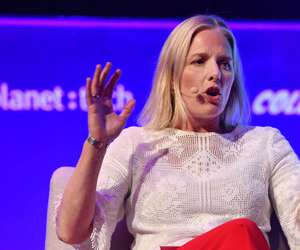
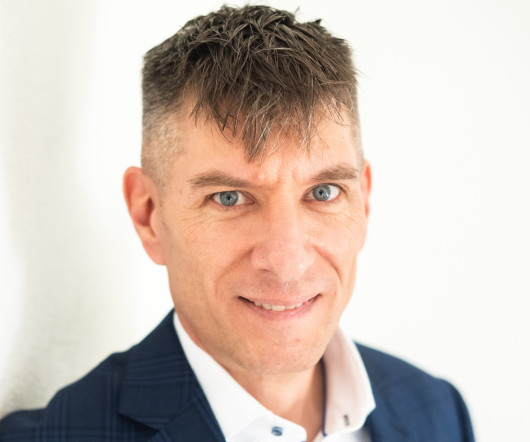





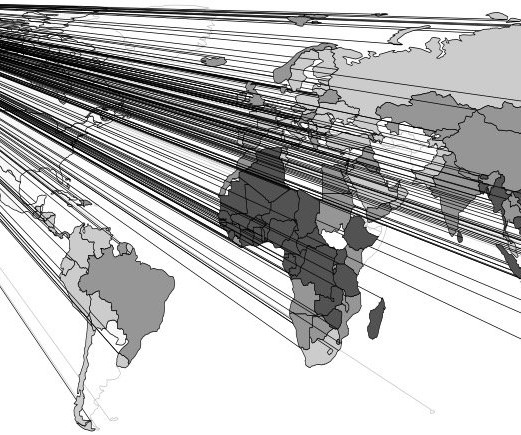
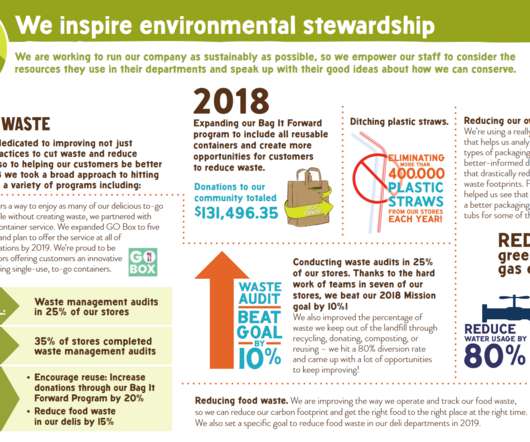

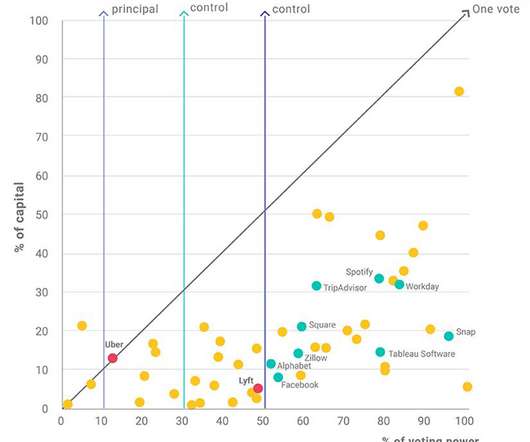


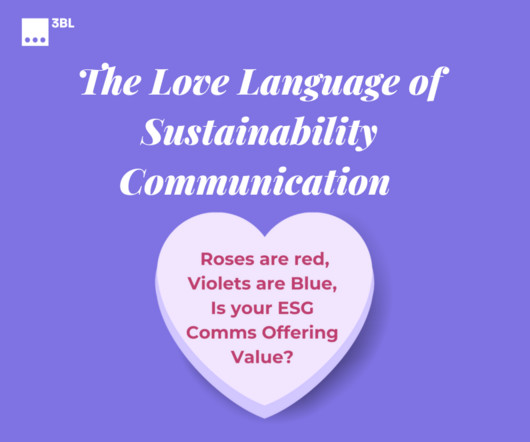



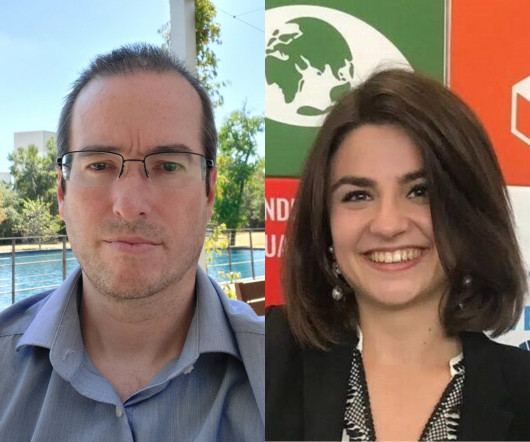









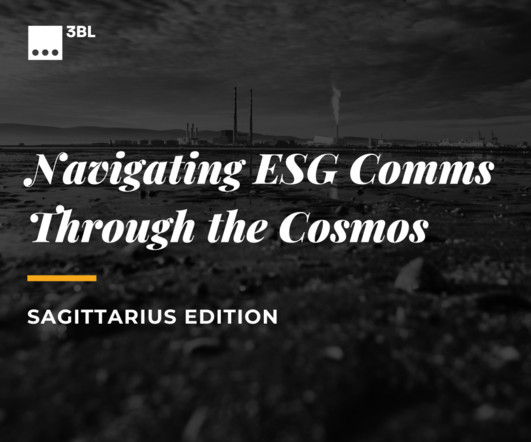






Let's personalize your content